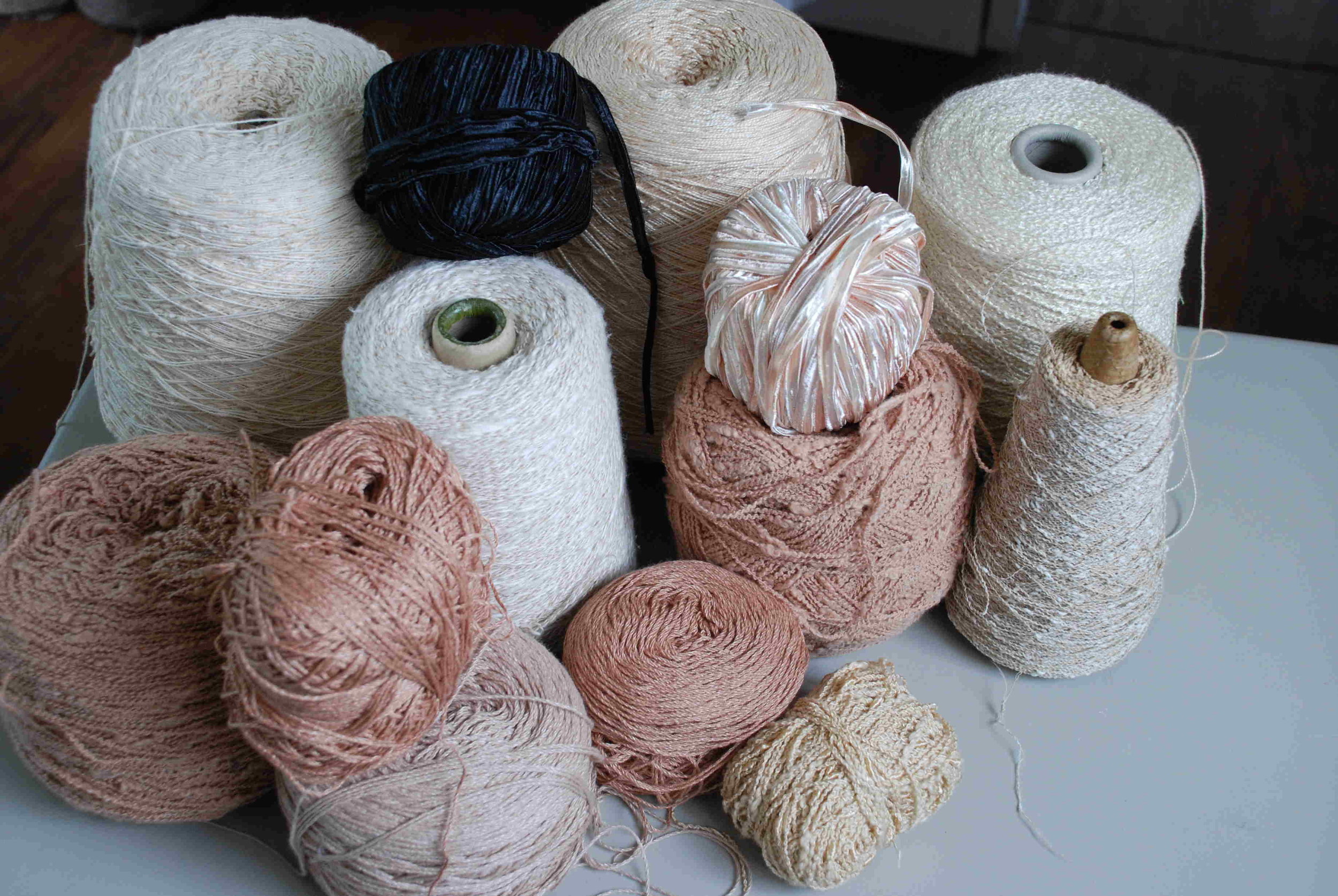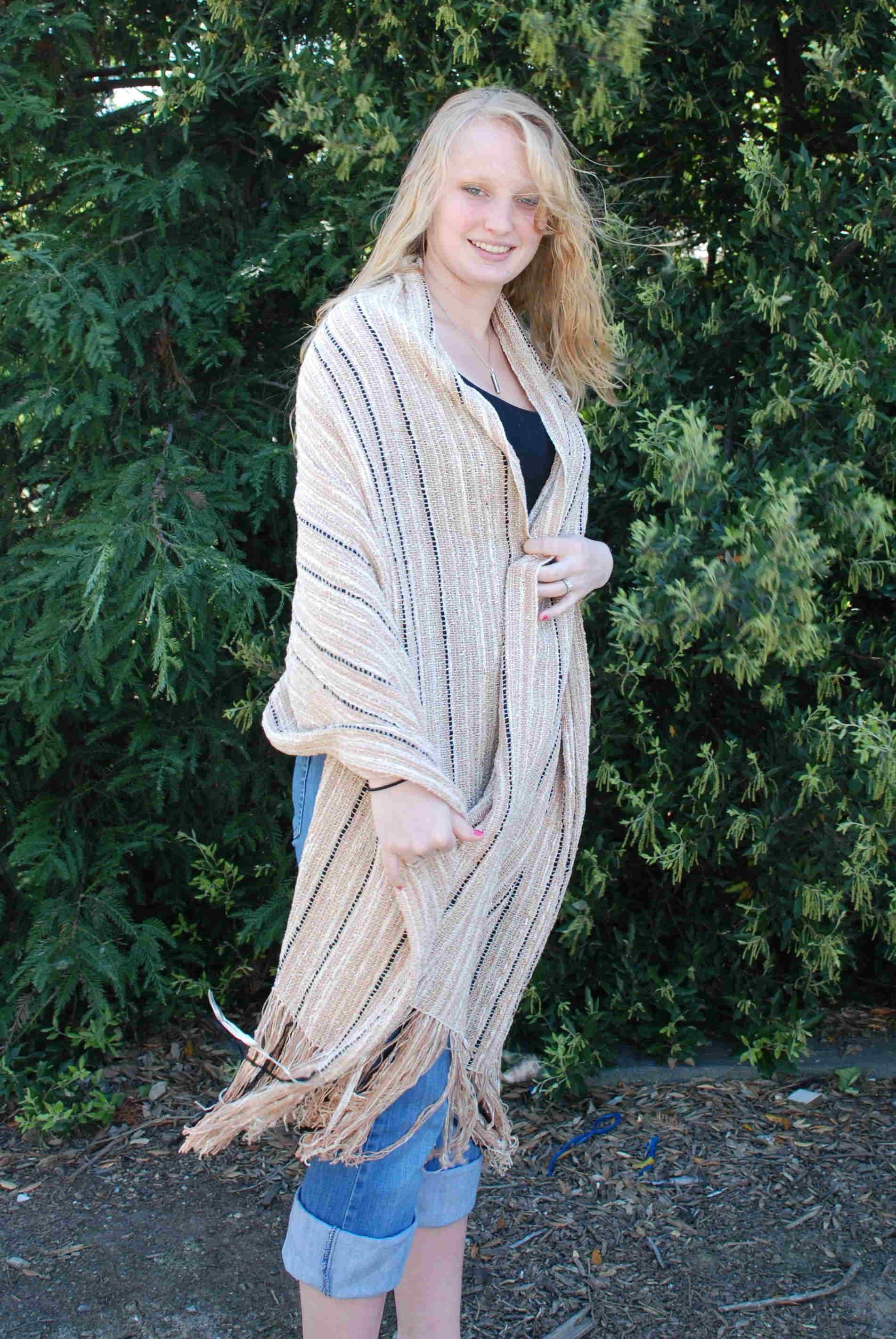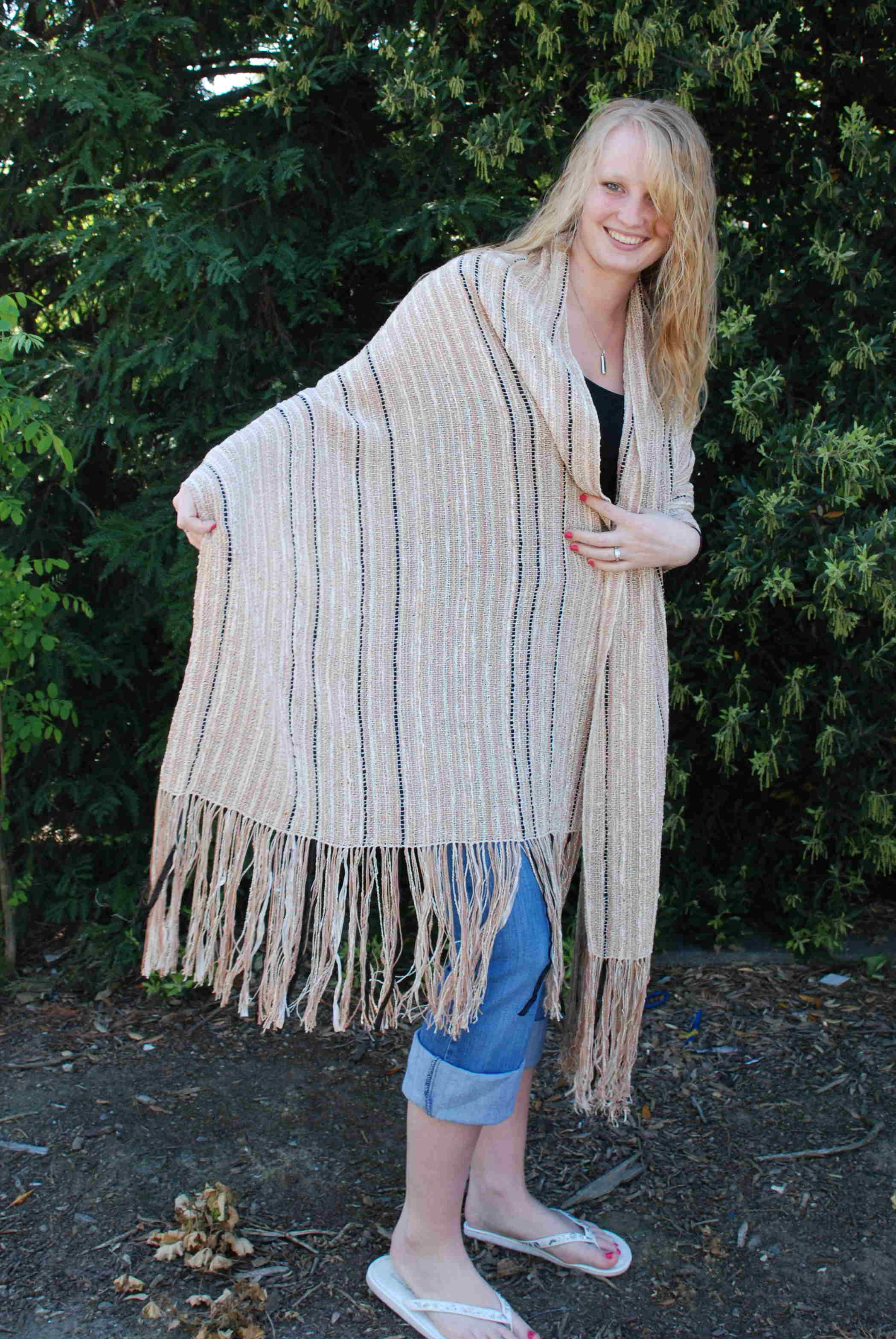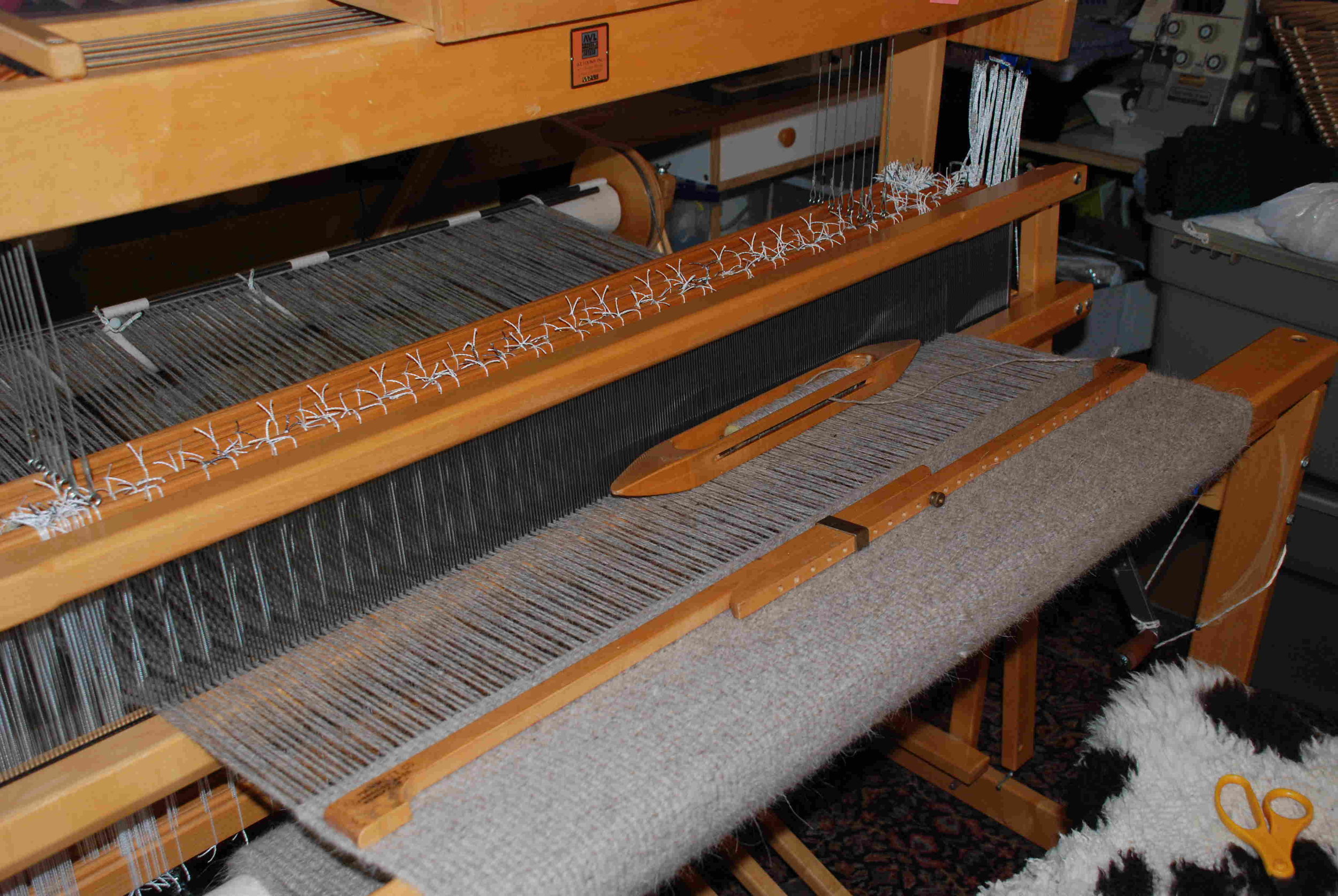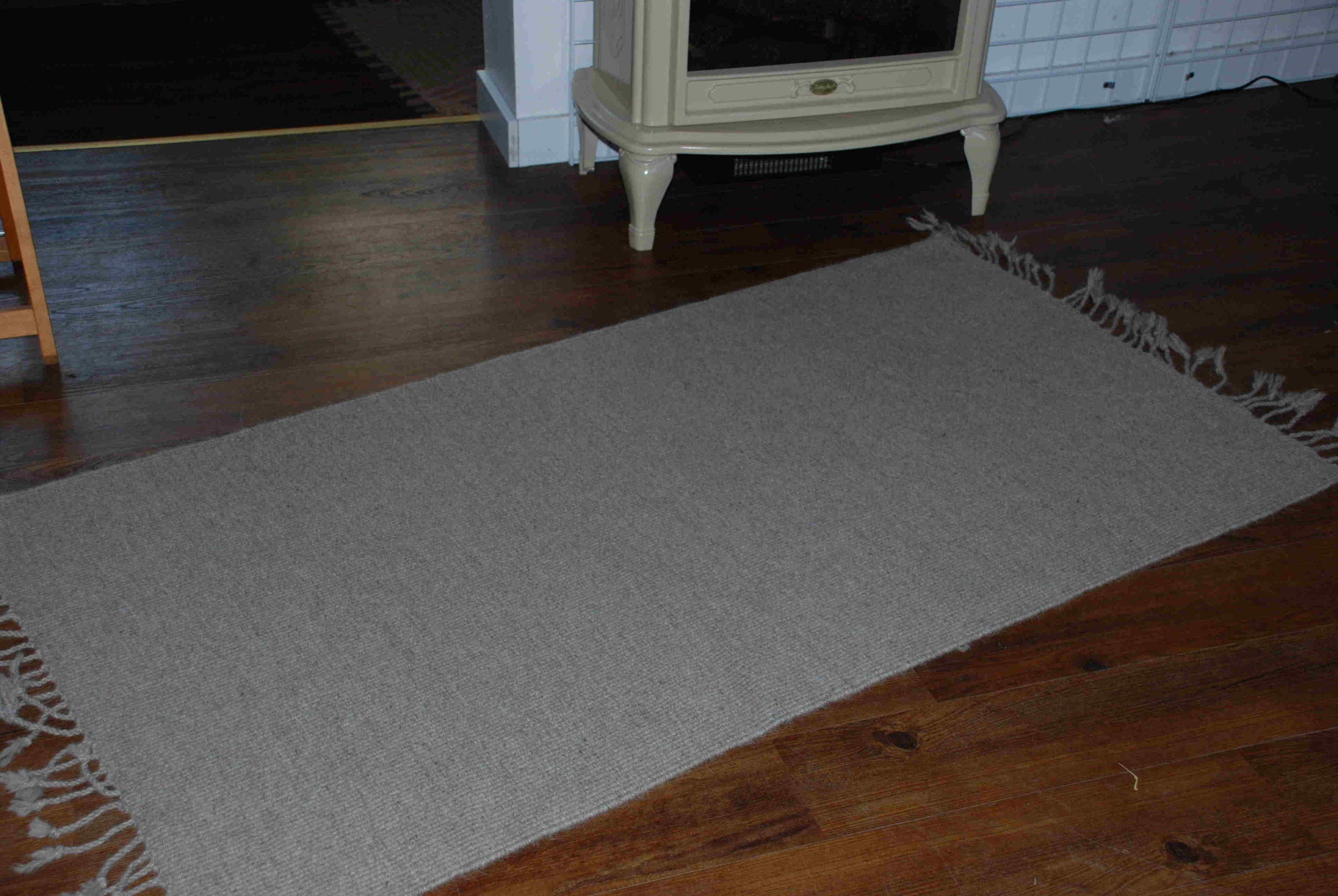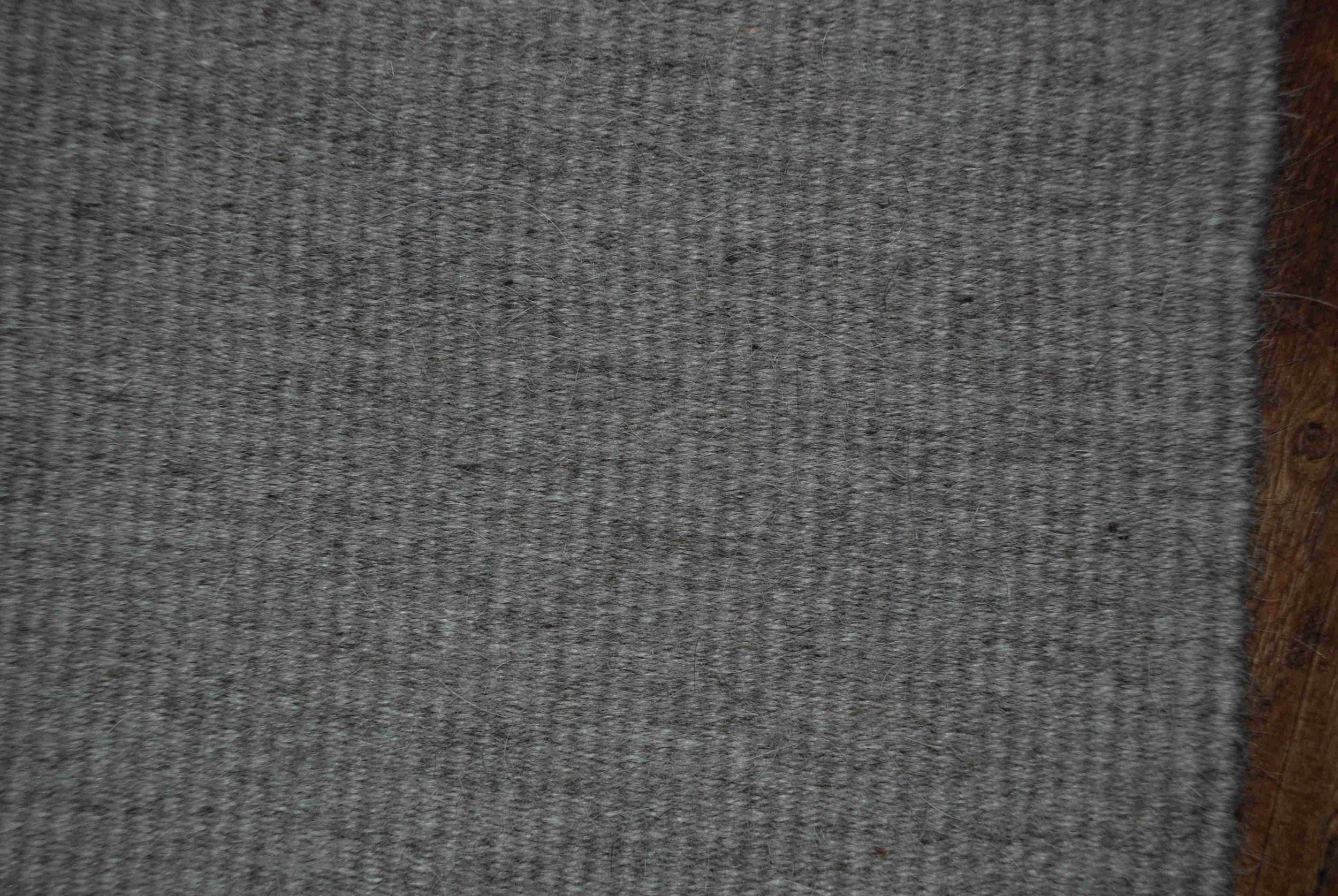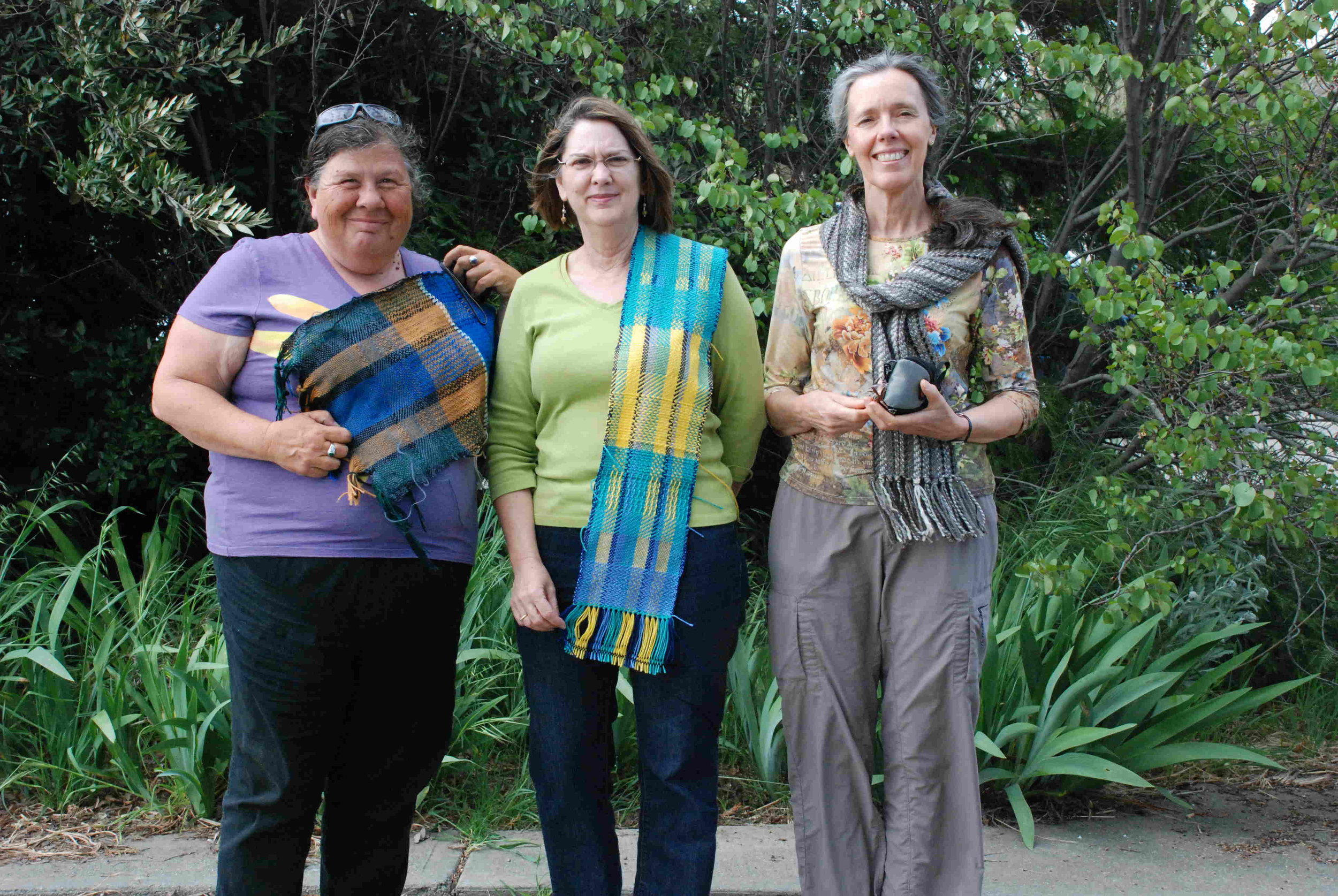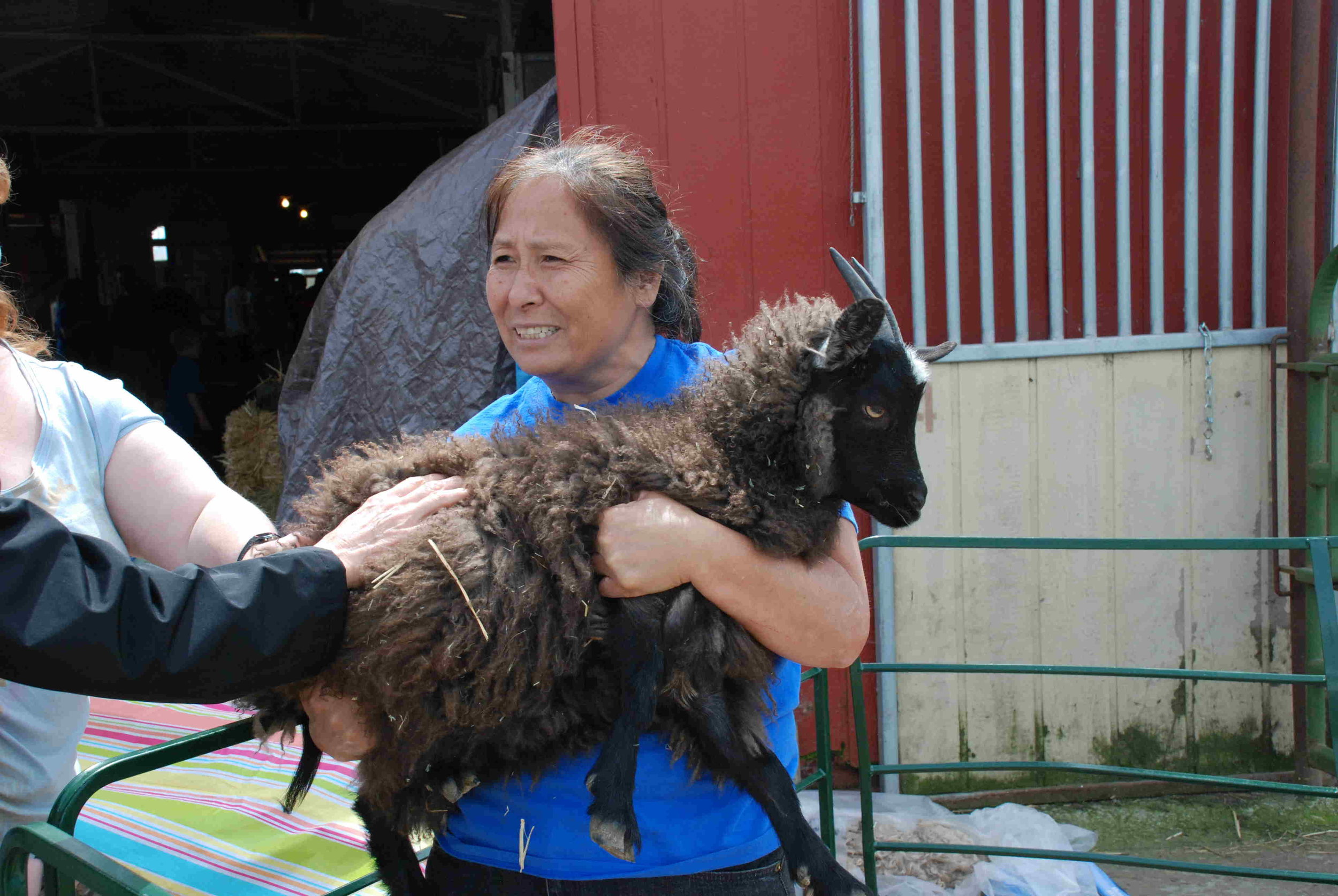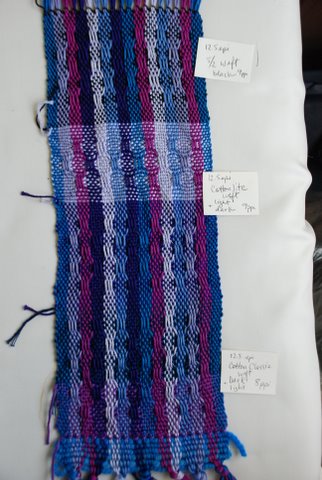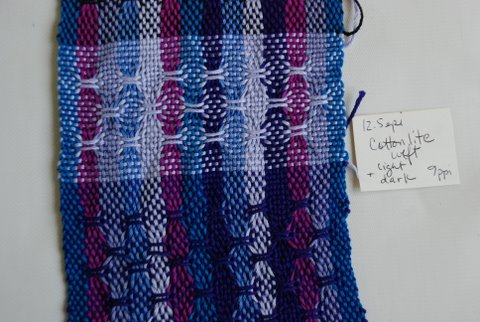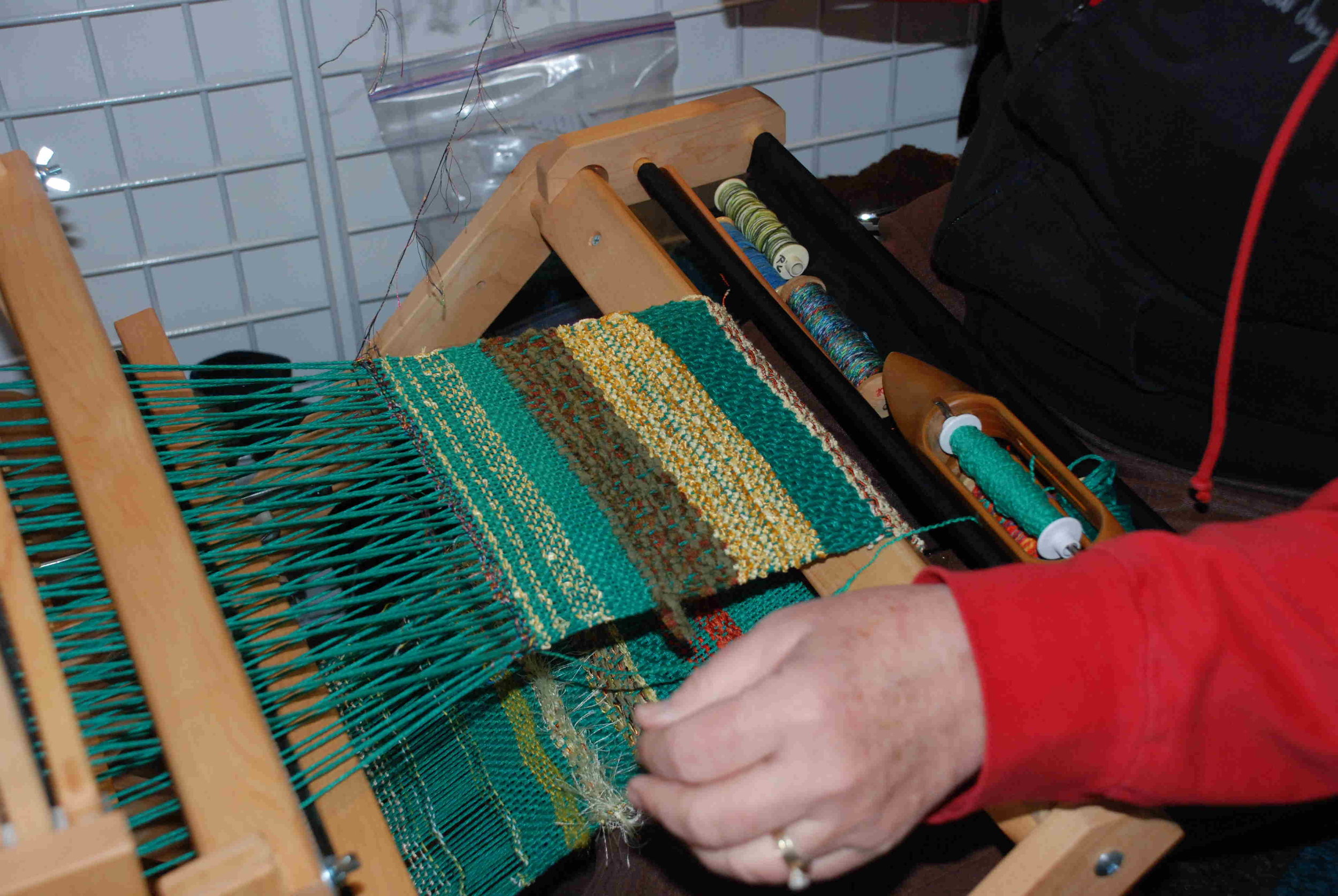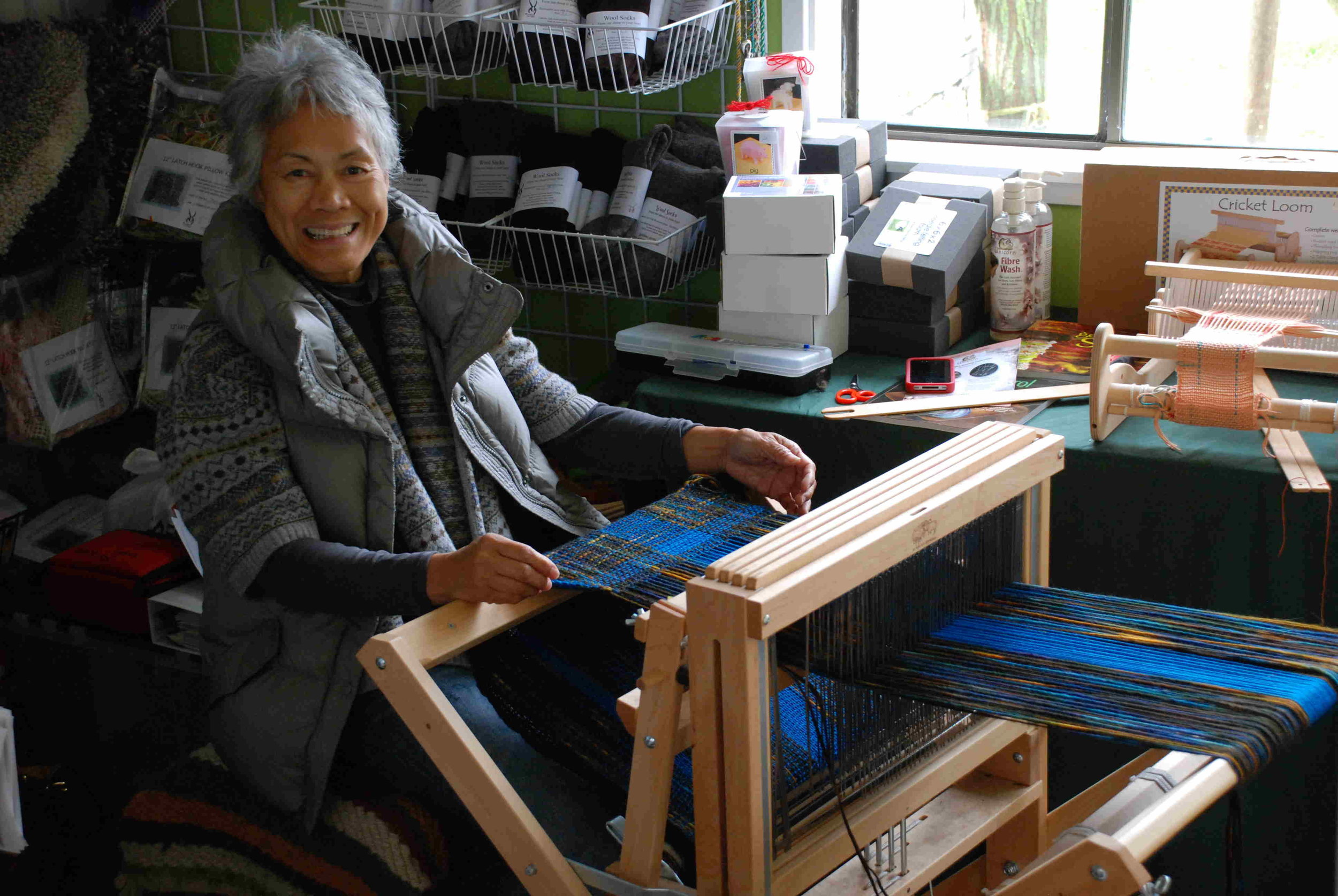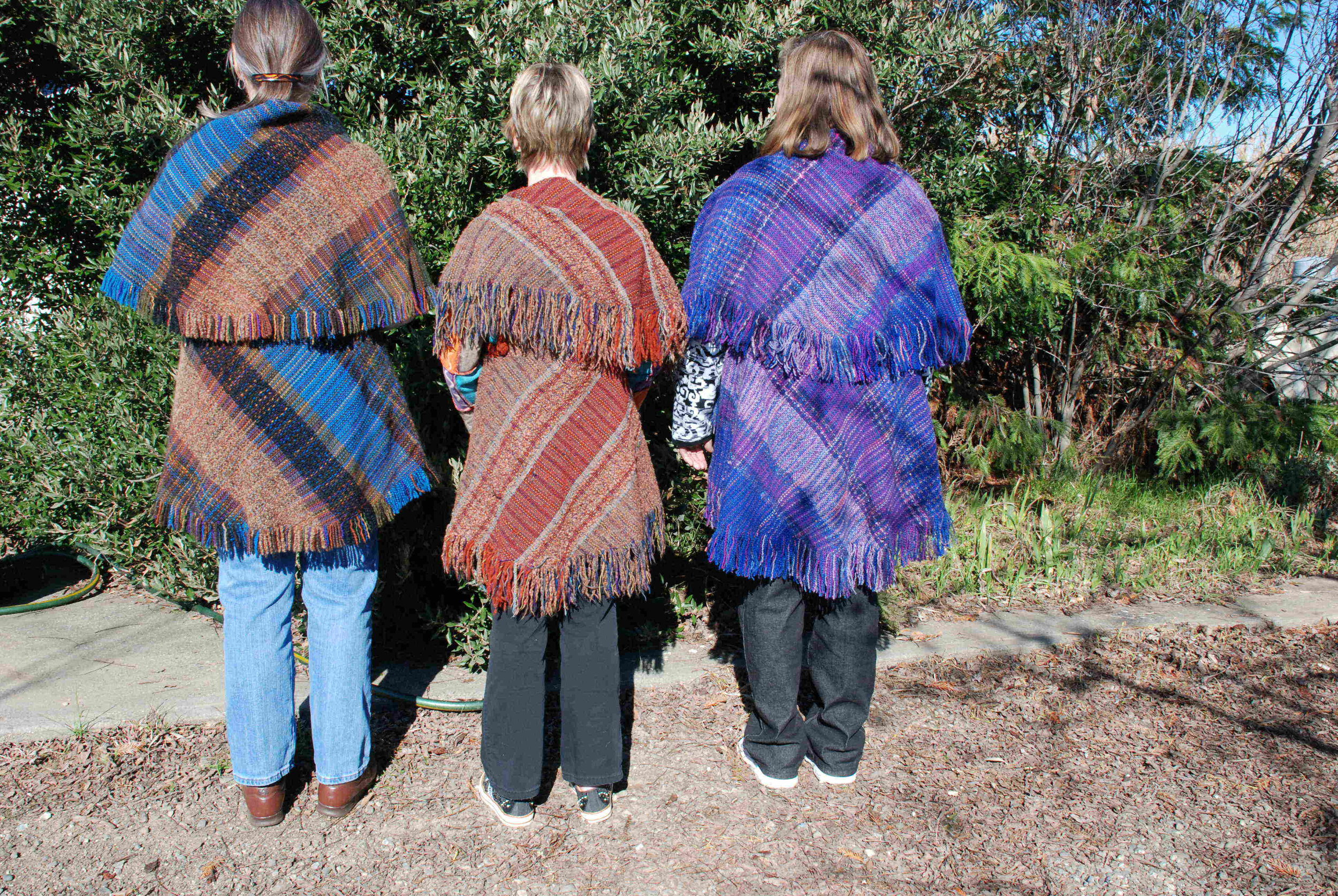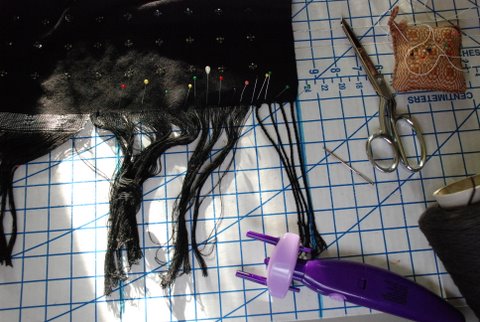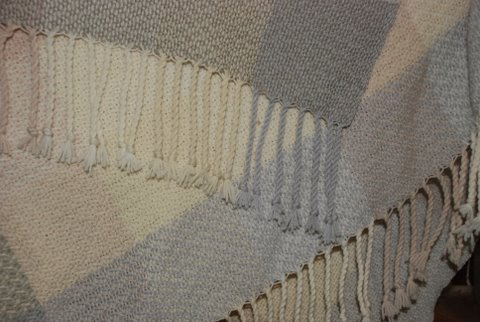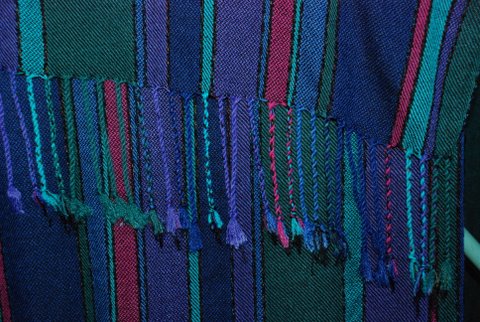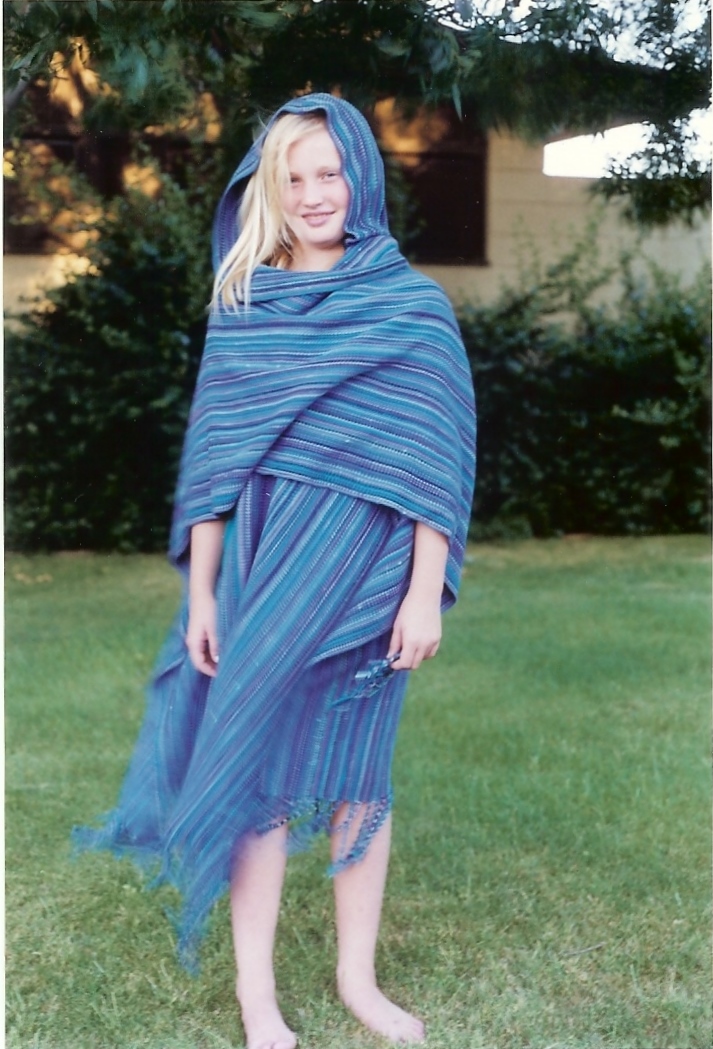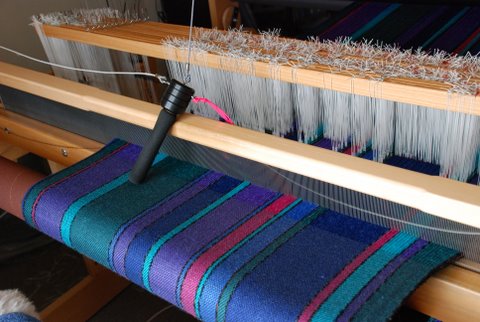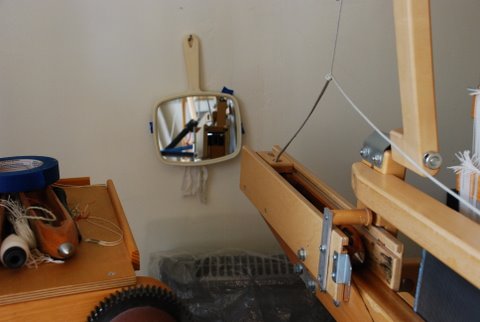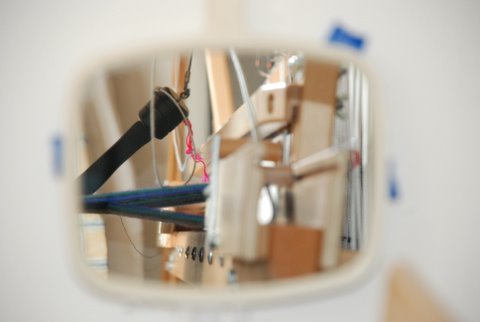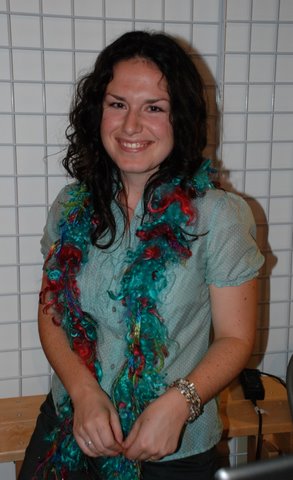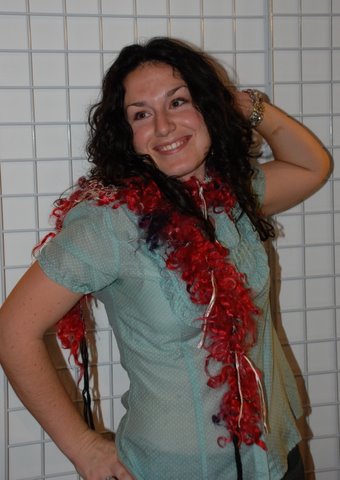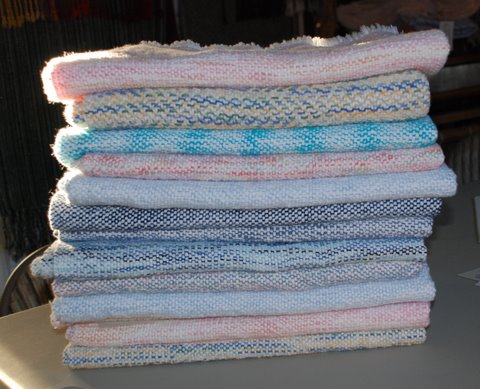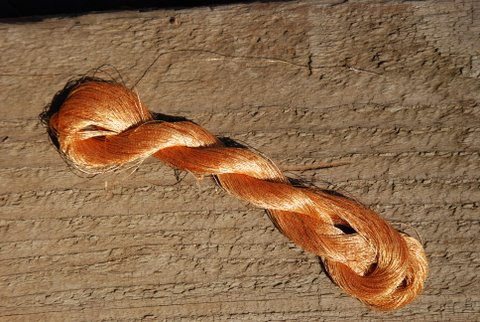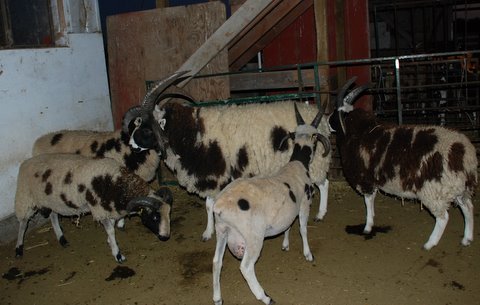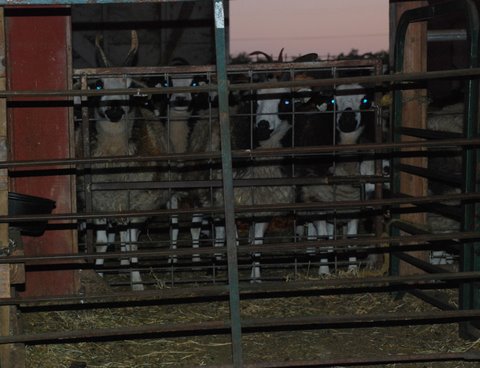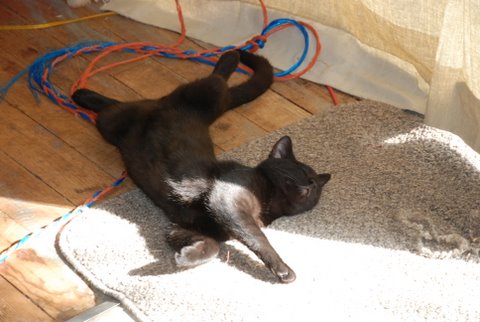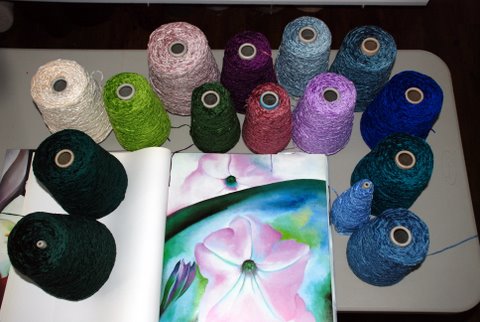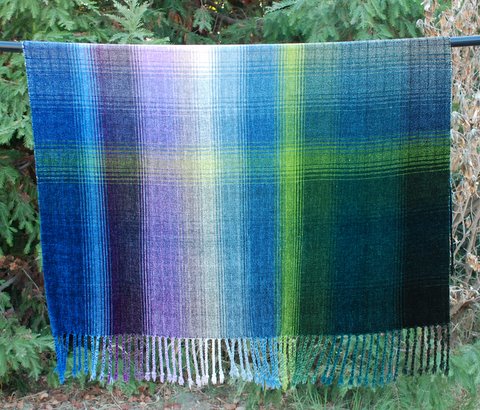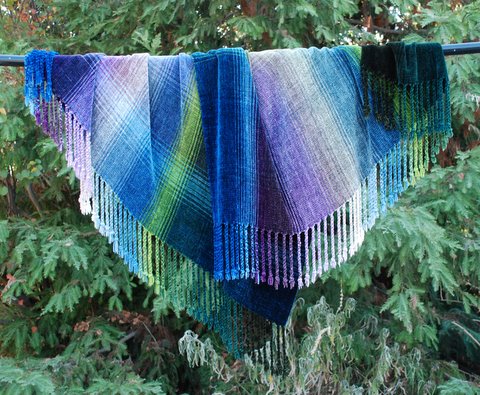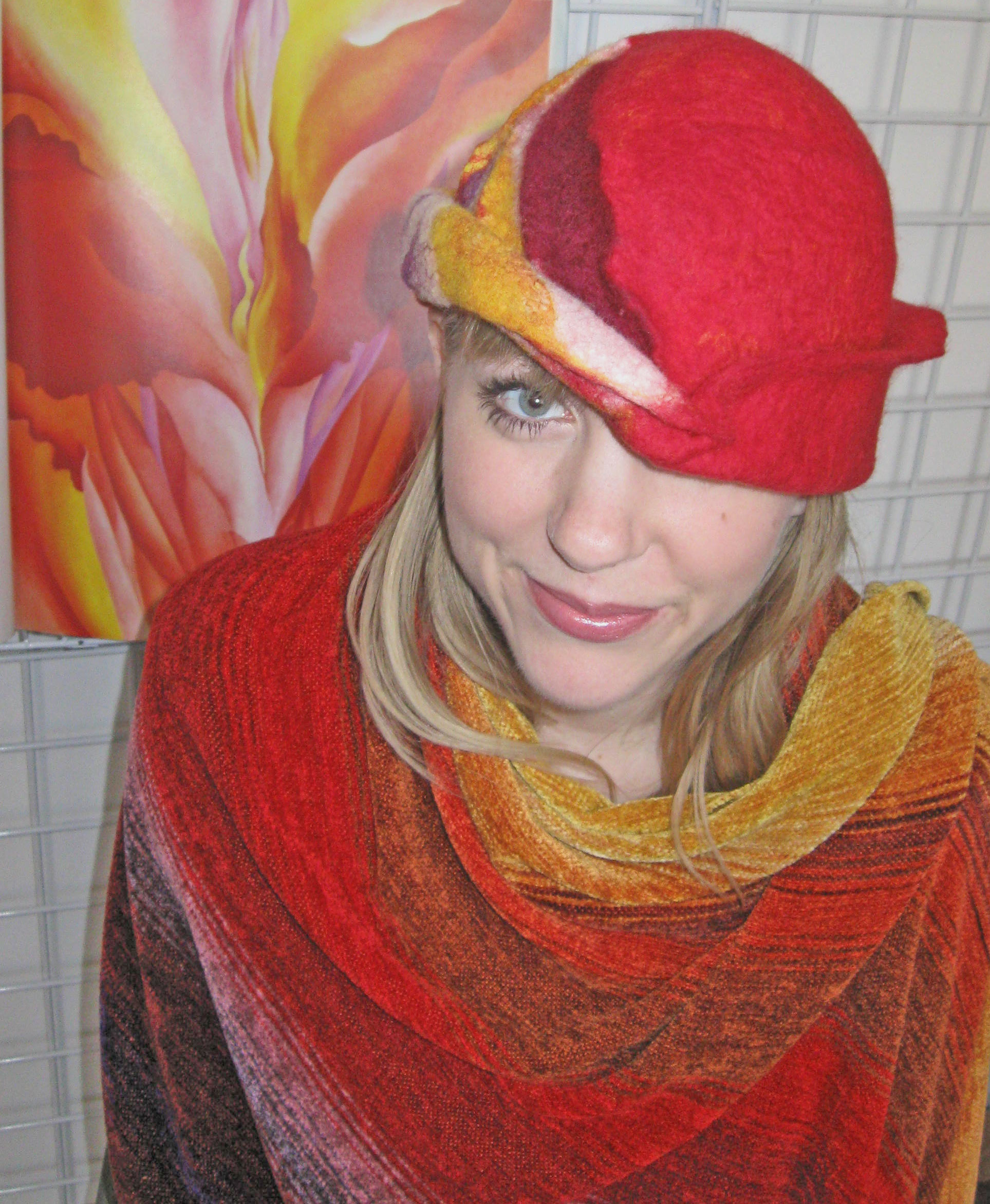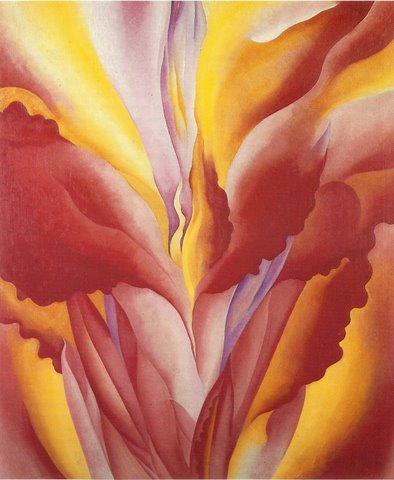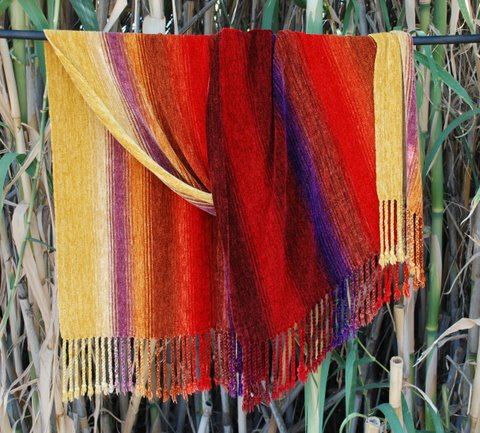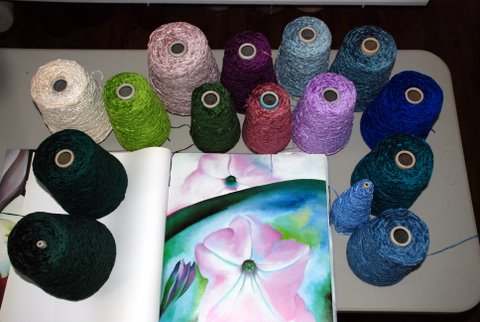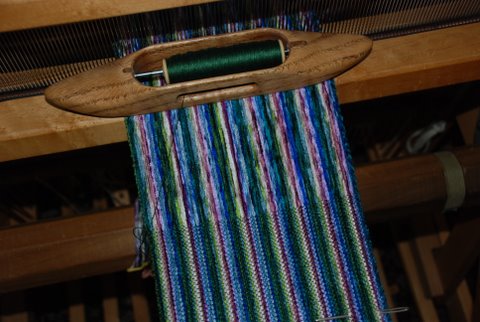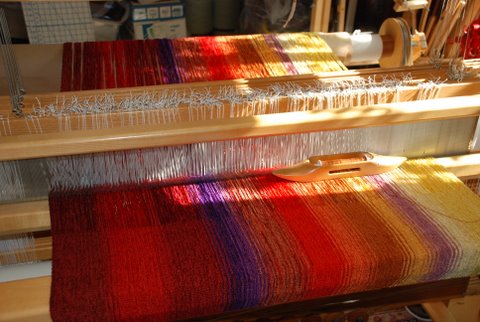Three Looms Warped
/I have new projects on all three looms. That's exciting! This is a warp for 2 shawls. It is a mixed warp of cotton threads, a shiny slubby rayon thread, and Luna ribbon. I have already completed blue and purple shawls in my series of shawls for the Artery.
This is a warp for 2 shawls. It is a mixed warp of cotton threads, a shiny slubby rayon thread, and Luna ribbon. I have already completed blue and purple shawls in my series of shawls for the Artery.
 I know it's 100+ degrees out but I'm getting a head start on the projects for the winter and I couldn't wait to try out my new yarn. This is the newest Jacob yarn (1 ply black and 1 ply light gray)--not even labeled or on the website yet--and the project is a v-shawl.
I know it's 100+ degrees out but I'm getting a head start on the projects for the winter and I couldn't wait to try out my new yarn. This is the newest Jacob yarn (1 ply black and 1 ply light gray)--not even labeled or on the website yet--and the project is a v-shawl.
 I have been low on baby blankets for quite a while and while this warp may not help when someone needs a "boy blanket" it should give me several for girls--it's 24 yards. Someone called today looked for a "neutral" blanket and I wonder if I weave with a blue thread if it could go for either. Here's a small world experience. Yesterday I got an e-mail from a young woman New York who had been sent one of my baby blankets when she was a baby and her mother has been a regular customer ever since. The daughter now has a friend who is pregnant and wants to give one of the baby blankets. The call today was from the person who sent that first blanket to his niece in New York and now wants to send a blanket to Germany.)
I have been low on baby blankets for quite a while and while this warp may not help when someone needs a "boy blanket" it should give me several for girls--it's 24 yards. Someone called today looked for a "neutral" blanket and I wonder if I weave with a blue thread if it could go for either. Here's a small world experience. Yesterday I got an e-mail from a young woman New York who had been sent one of my baby blankets when she was a baby and her mother has been a regular customer ever since. The daughter now has a friend who is pregnant and wants to give one of the baby blankets. The call today was from the person who sent that first blanket to his niece in New York and now wants to send a blanket to Germany.)







